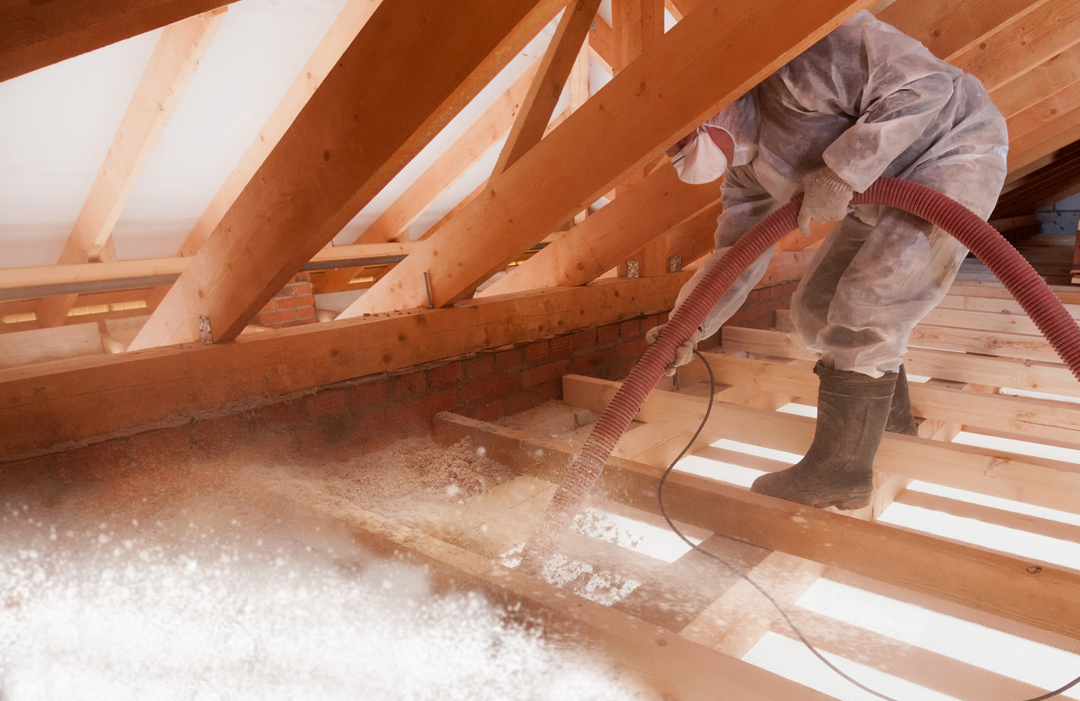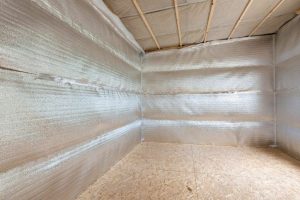
Ceiling insulation plays a crucial role in maintaining a comfortable indoor environment and reducing energy consumption. With numerous materials available in the market, it can be challenging to determine the best option for your specific needs. In this comprehensive guide, we will explore various materials for ceiling insulation, their properties, and their suitability for different scenarios. By the end, you will have the knowledge to make an informed decision and create an energy-efficient and comfortable space.
- Fiberglass Insulation:
Fiberglass insulation is one of the most popular choices for ceiling insulation. It consists of fine glass fibers that trap air, providing excellent thermal resistance. This material is known for its affordability, fire resistance, and ease of installation. However, it is essential to handle fiberglass insulation with care due to its potential health risks if not properly installed or maintained. - Cellulose Insulation:
Made from recycled paper or plant fibers, cellulose insulation is an eco-friendly option for ceiling insulation. It offers excellent thermal performance and soundproofing capabilities. Cellulose insulation is particularly suitable for retrofitting existing ceilings due to its ability to fill gaps and conform to irregular spaces. However, it requires professional installation to ensure proper coverage and avoid moisture-related issues. - Spray Foam Insulation:
Spray foam insulation is a versatile option that provides superior thermal insulation and air sealing properties. It is applied as a liquid that expands and hardens into a solid foam, creating a seamless barrier against heat transfer. Spray foam insulation is ideal for ceilings with complex shapes or areas prone to air leakage. However, it is a more expensive option and requires professional installation. - Mineral Wool Insulation:
Mineral wool insulation, also known as rock wool or stone wool, is made from natural minerals such as basalt or slag. It offers excellent fire resistance, sound absorption, and thermal insulation properties. Mineral wool insulation is suitable for high-temperature environments and areas where fire safety is a concern. However, it can be heavier and more challenging to install compared to other materials. - Reflective Foil Insulation:
Reflective foil insulation consists of a layer of aluminum foil that reflects radiant heat. It is commonly used in hot climates to reduce heat gain through the ceiling. Reflective foil insulation is lightweight, easy to install, and can enhance the overall energy efficiency of a building. However, it is less effective in colder climates where reducing heat loss is a priority.
Conclusion:
Choosing the best material for ceiling insulation depends on various factors such as budget, climate, building design, and personal preferences. Fiberglass, cellulose, spray foam, mineral wool, and reflective foil insulation are all viable options with their unique advantages and considerations. It is crucial to assess your specific requirements and consult with professionals to determine the most suitable material for your ceiling insulation project. By making an informed decision, you can create a well-insulated space that promotes energy efficiency, comfort, and sustainability.


